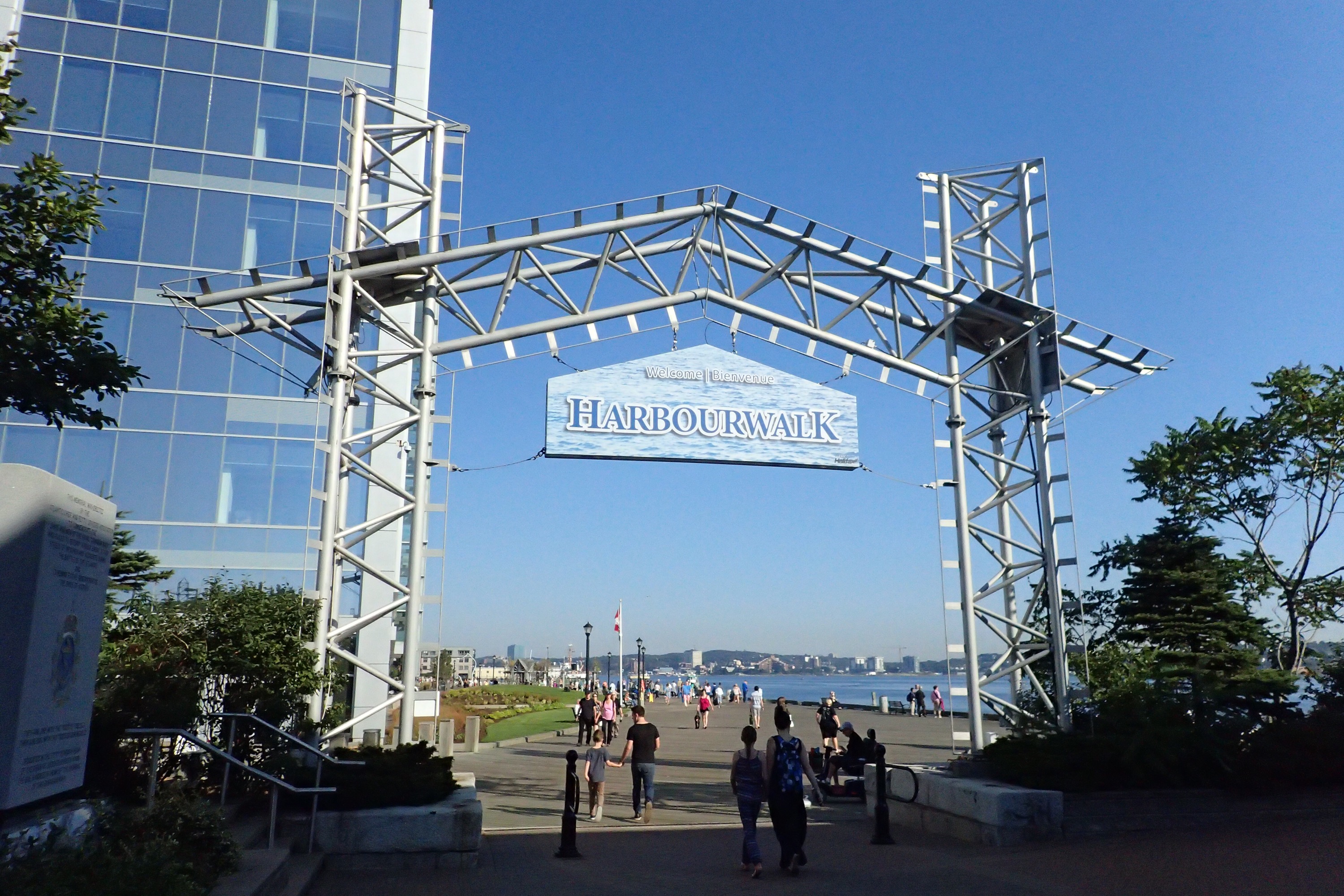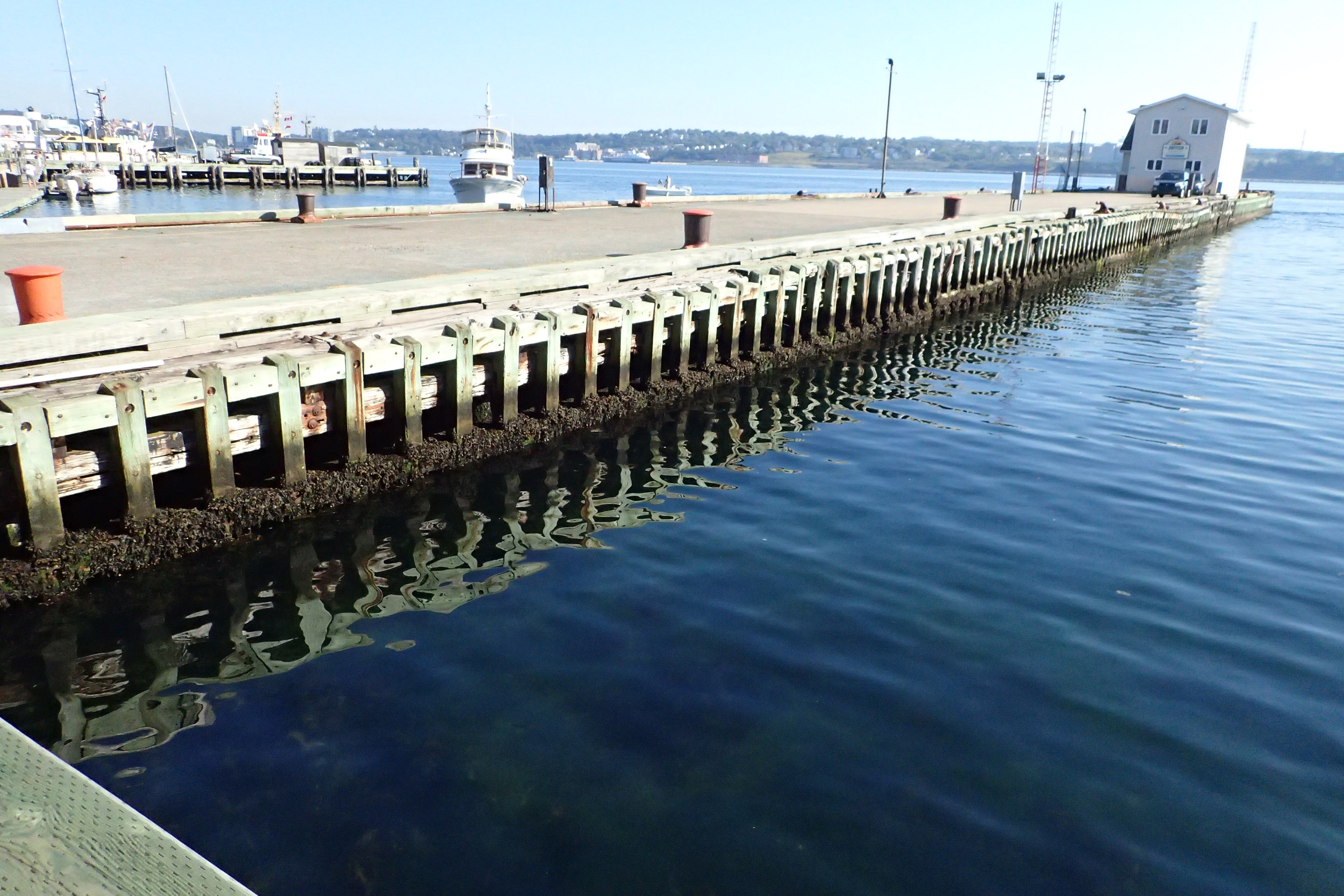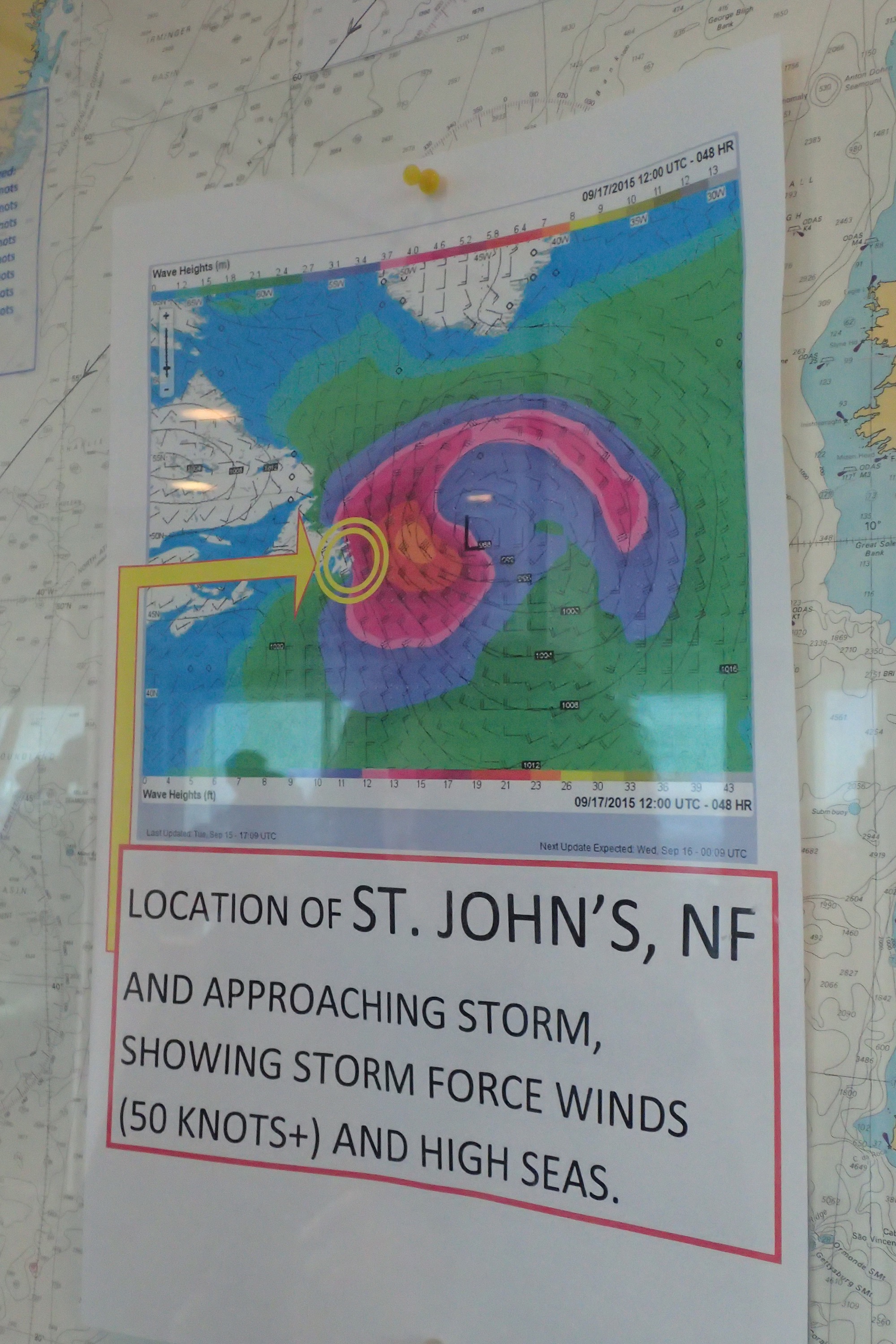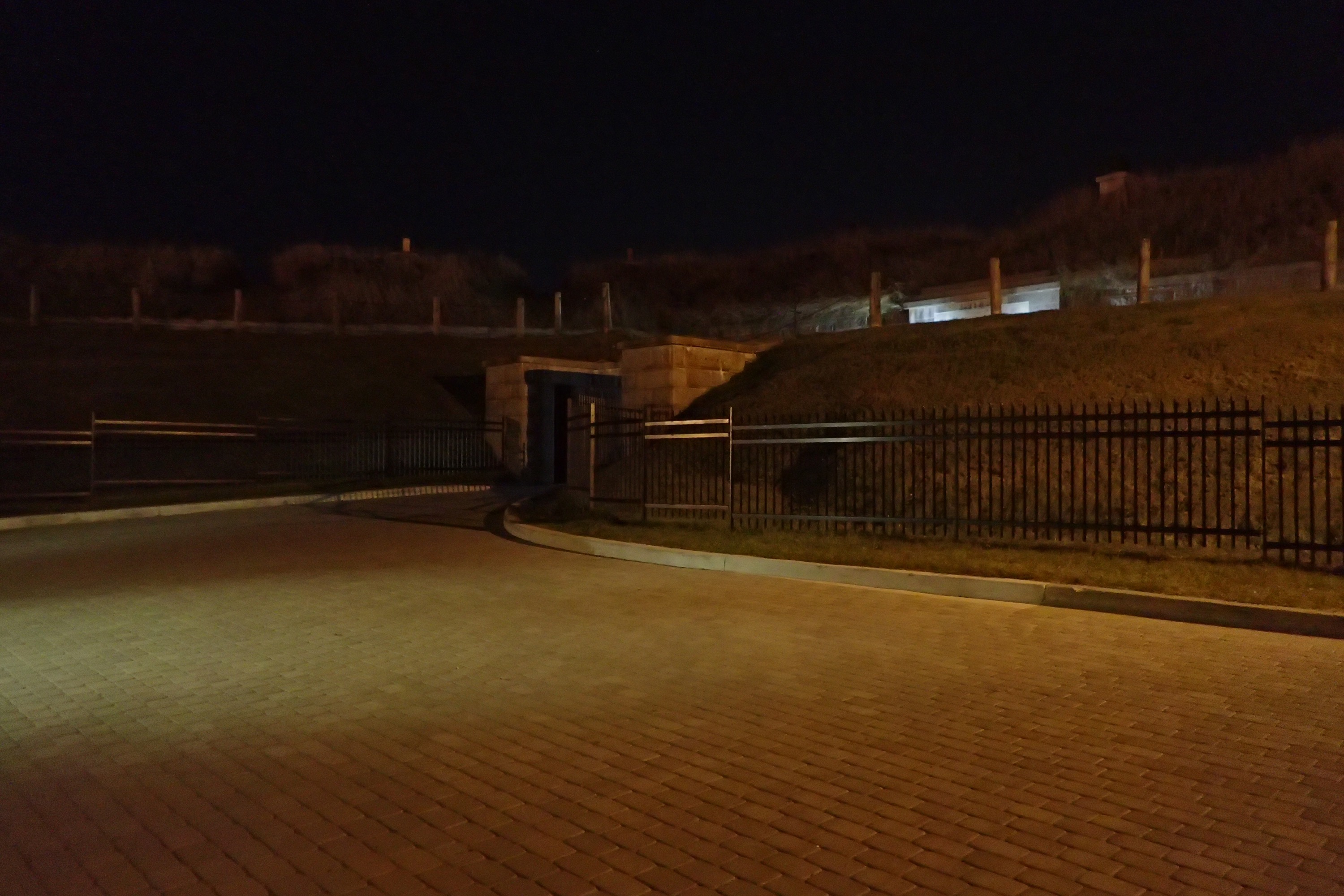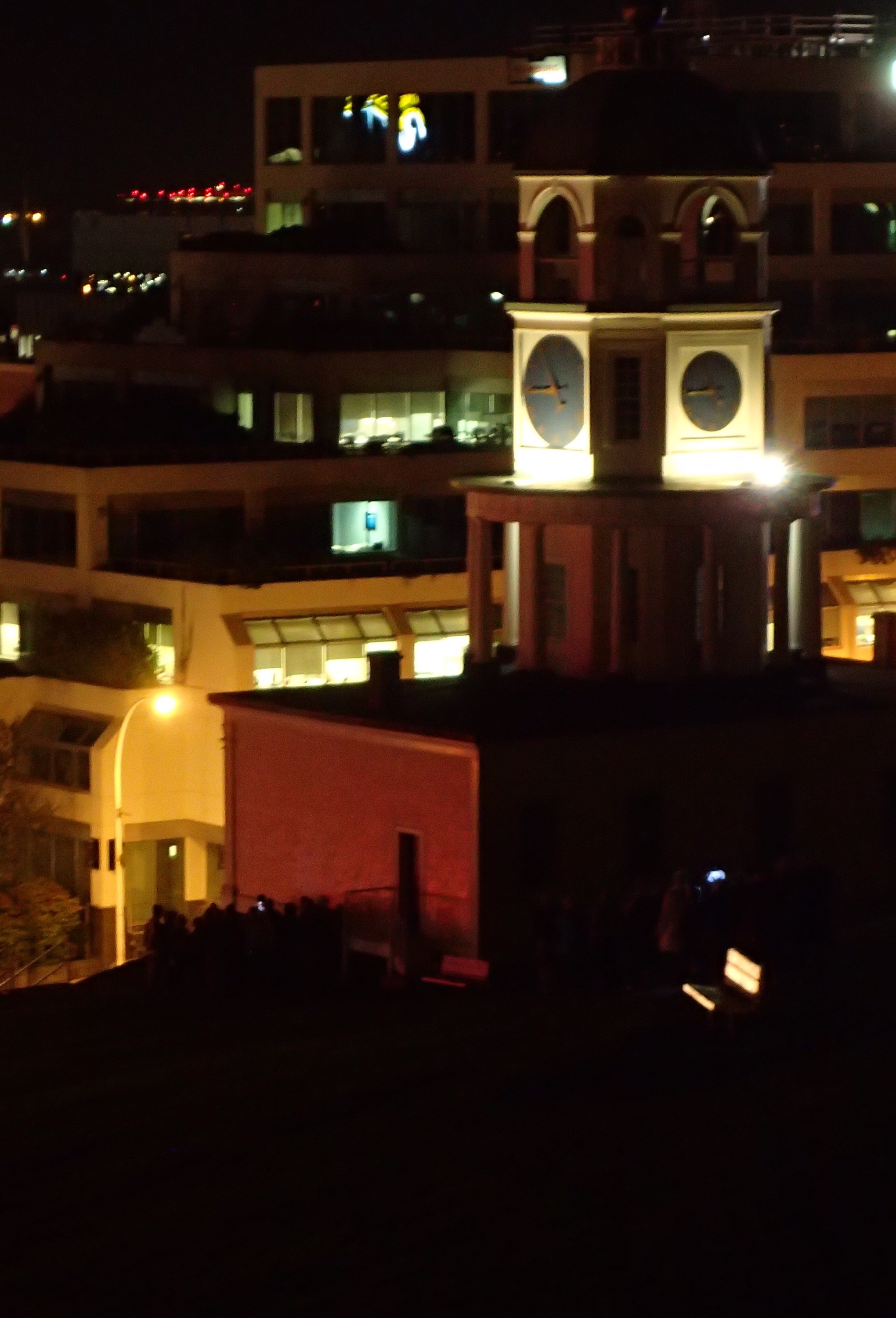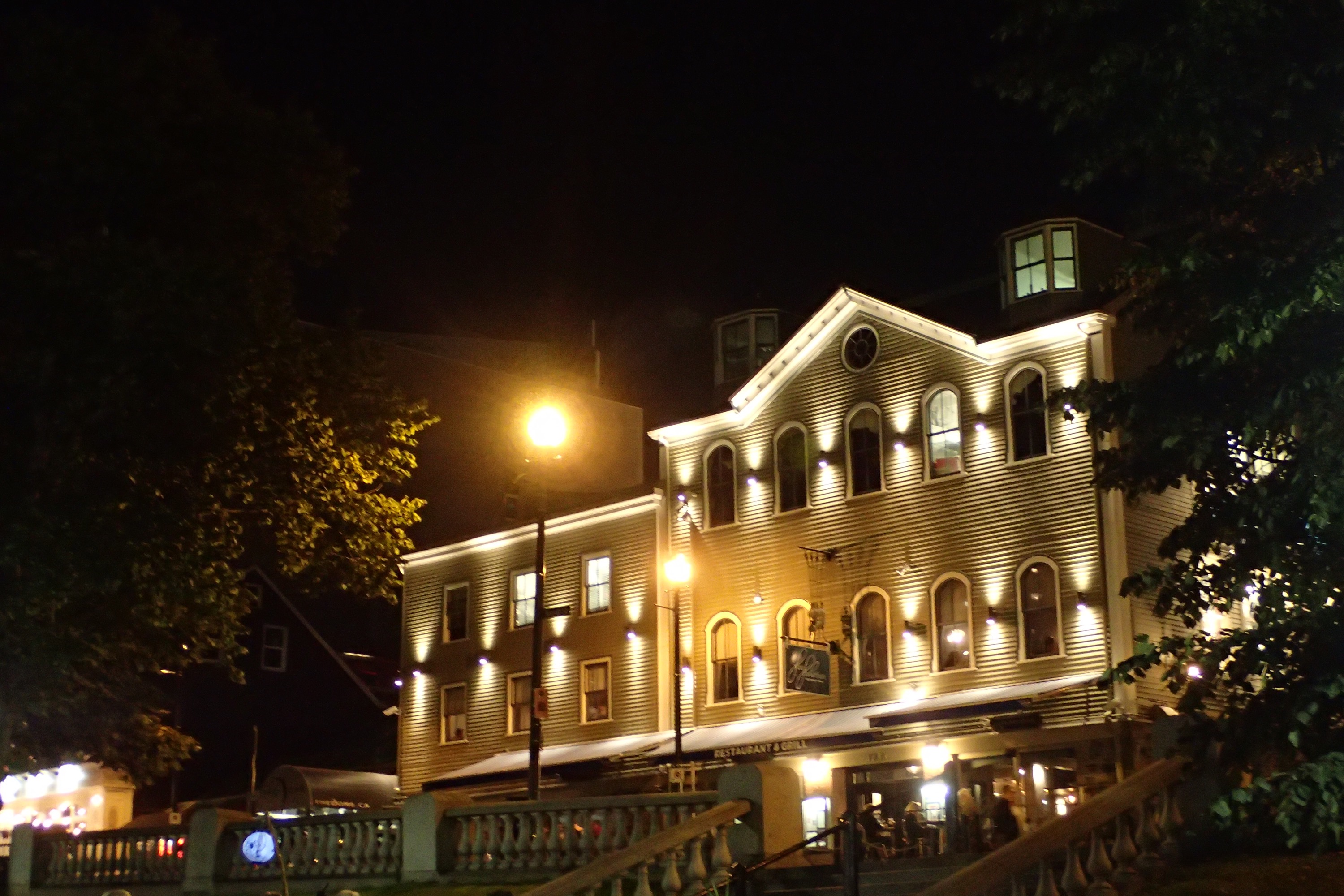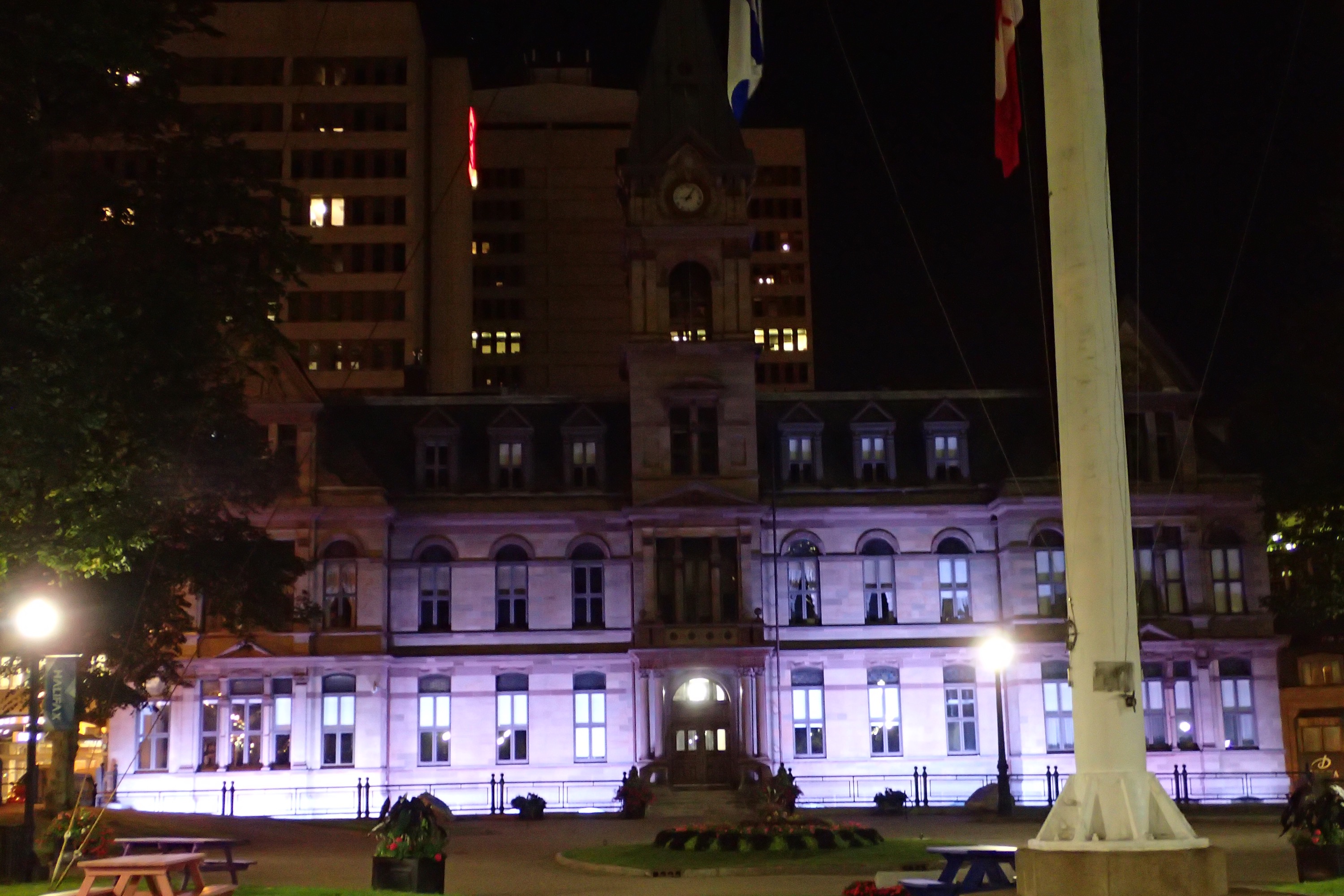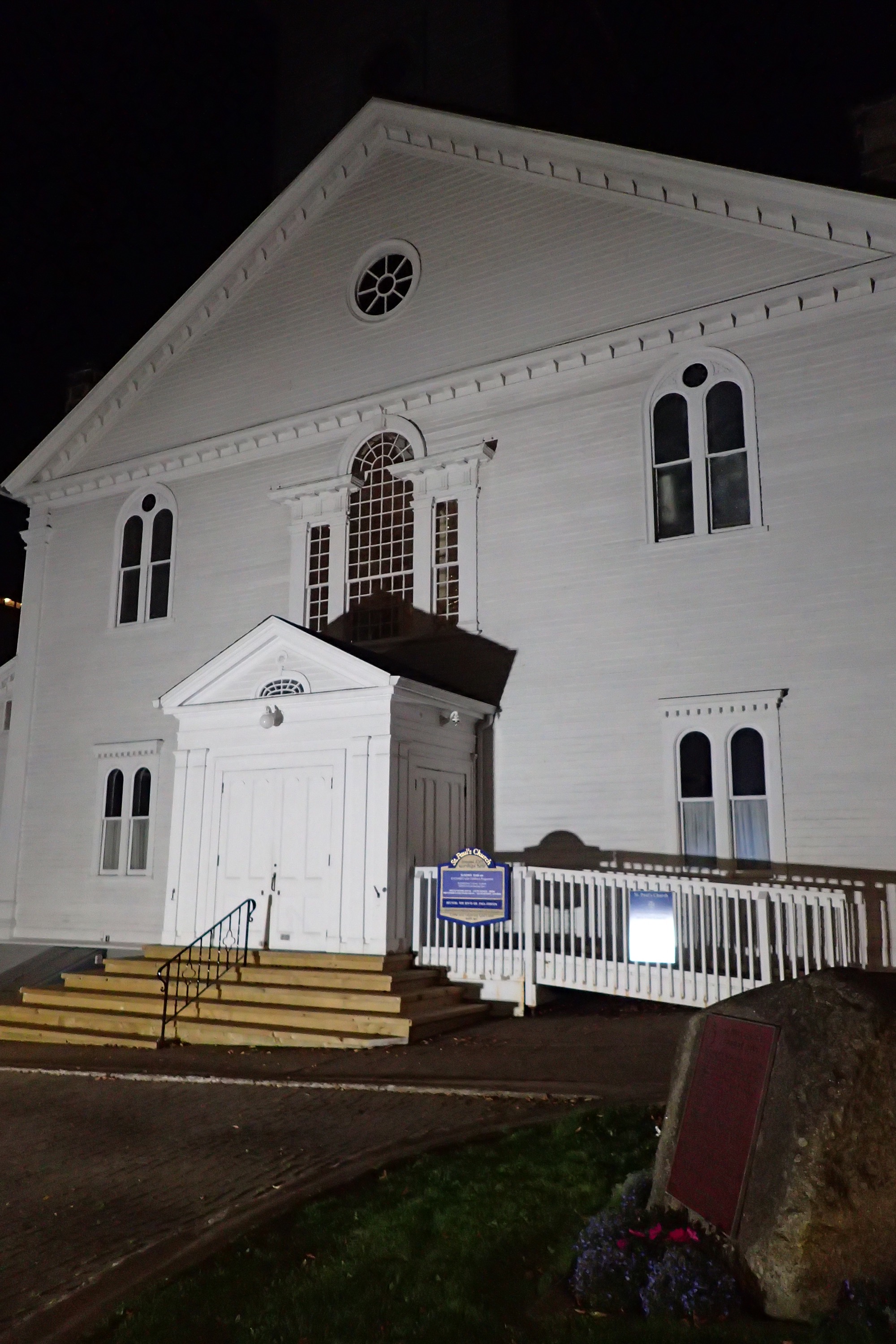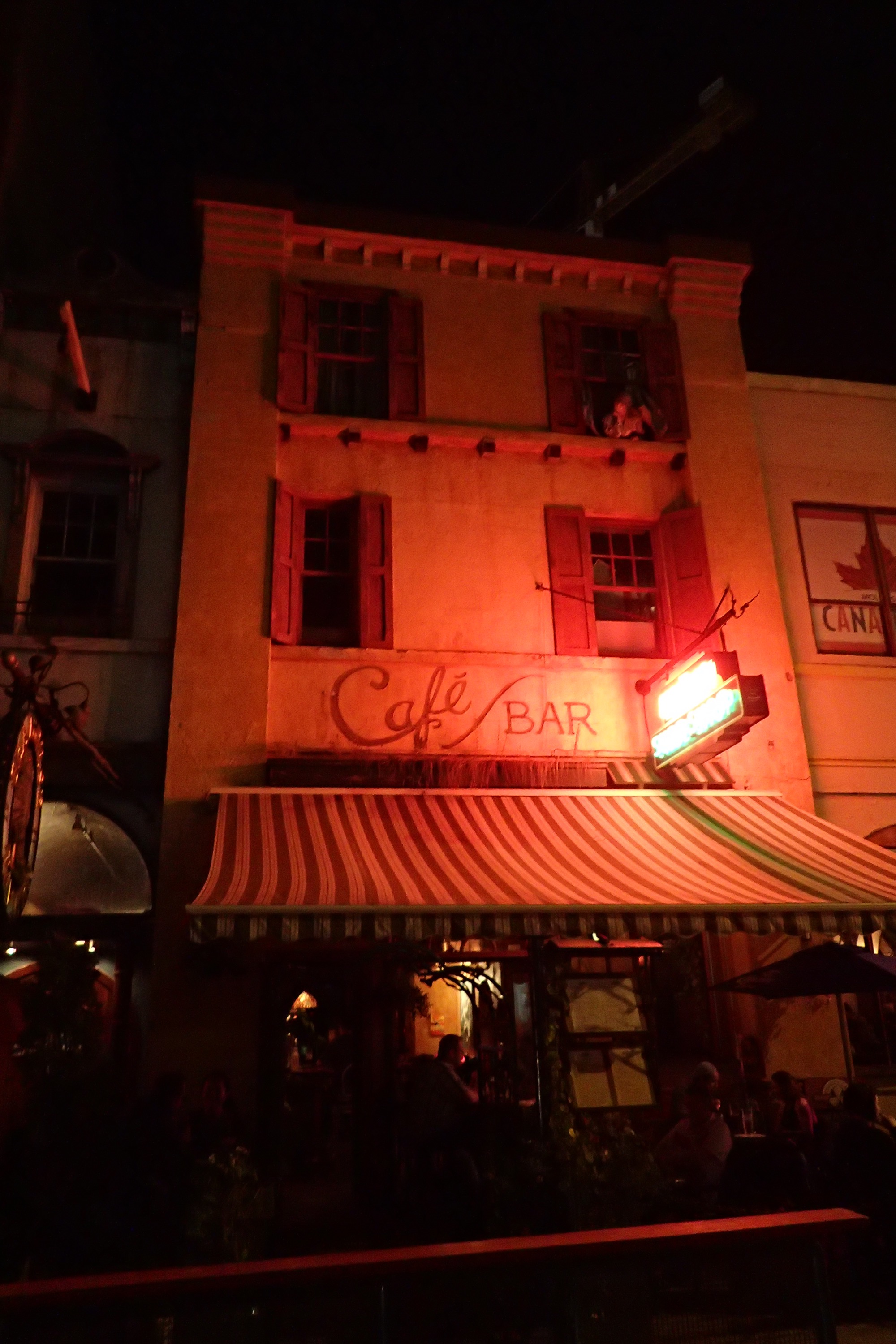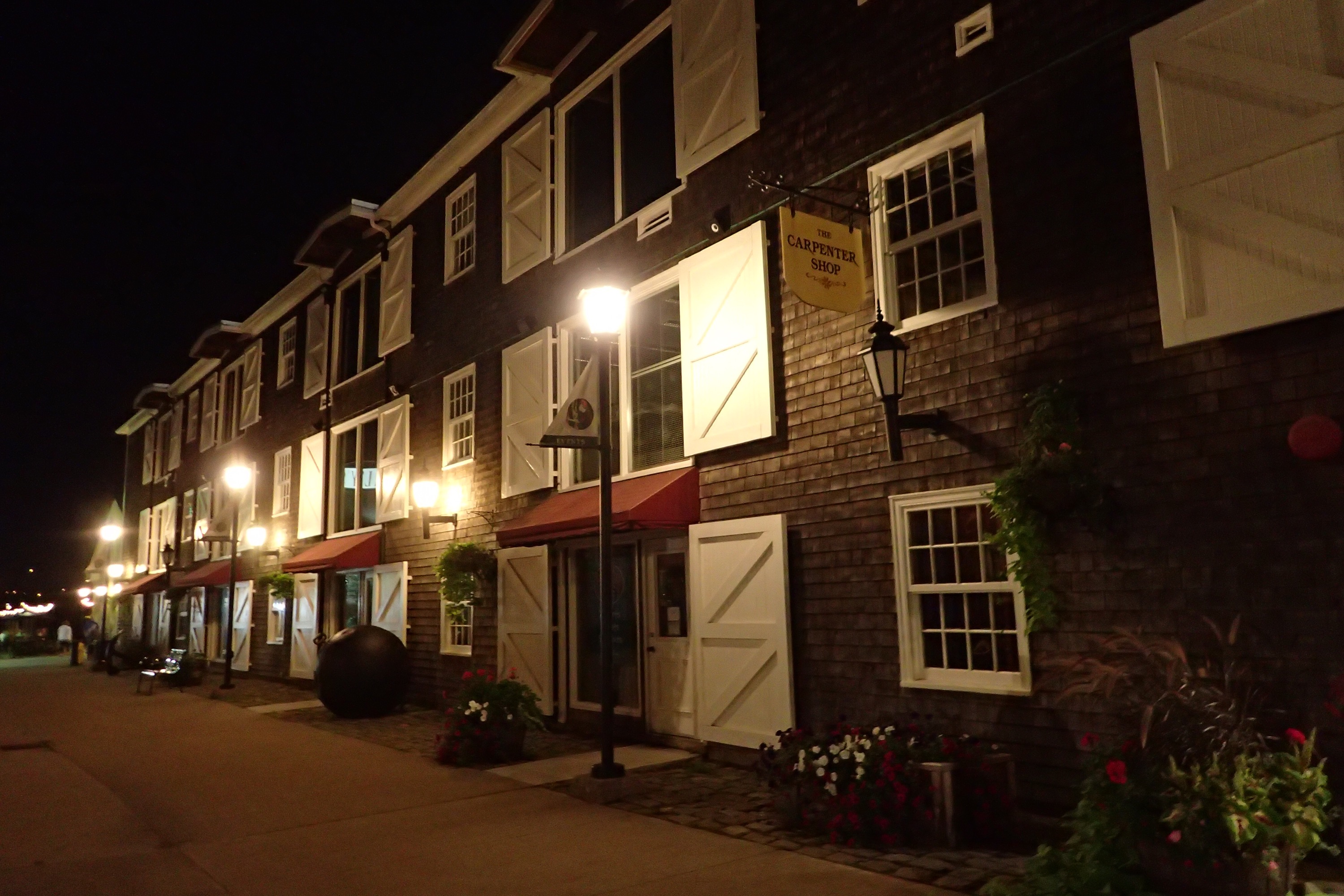We were greeted by a glorious day – about 20 degrees, clear blue skies, slight breeze from the south and free wifi! Yes, that most desirable of modern travel commodities. 🙂 Travellers loitering around outside port terminals, visitors centres, libraries, and even restaurants, bludging their free wifi have overtaken the plethora of smokers that used to loiter in such places. 🙂 It’s amazing to see 30 or 40 people all standing around staring at their devices intently as they try to catch up with family or upload their latest travel pictures to Facebook. An inherently modern phenomena that I have a strong suspicion is here to stay with us for quite a while.
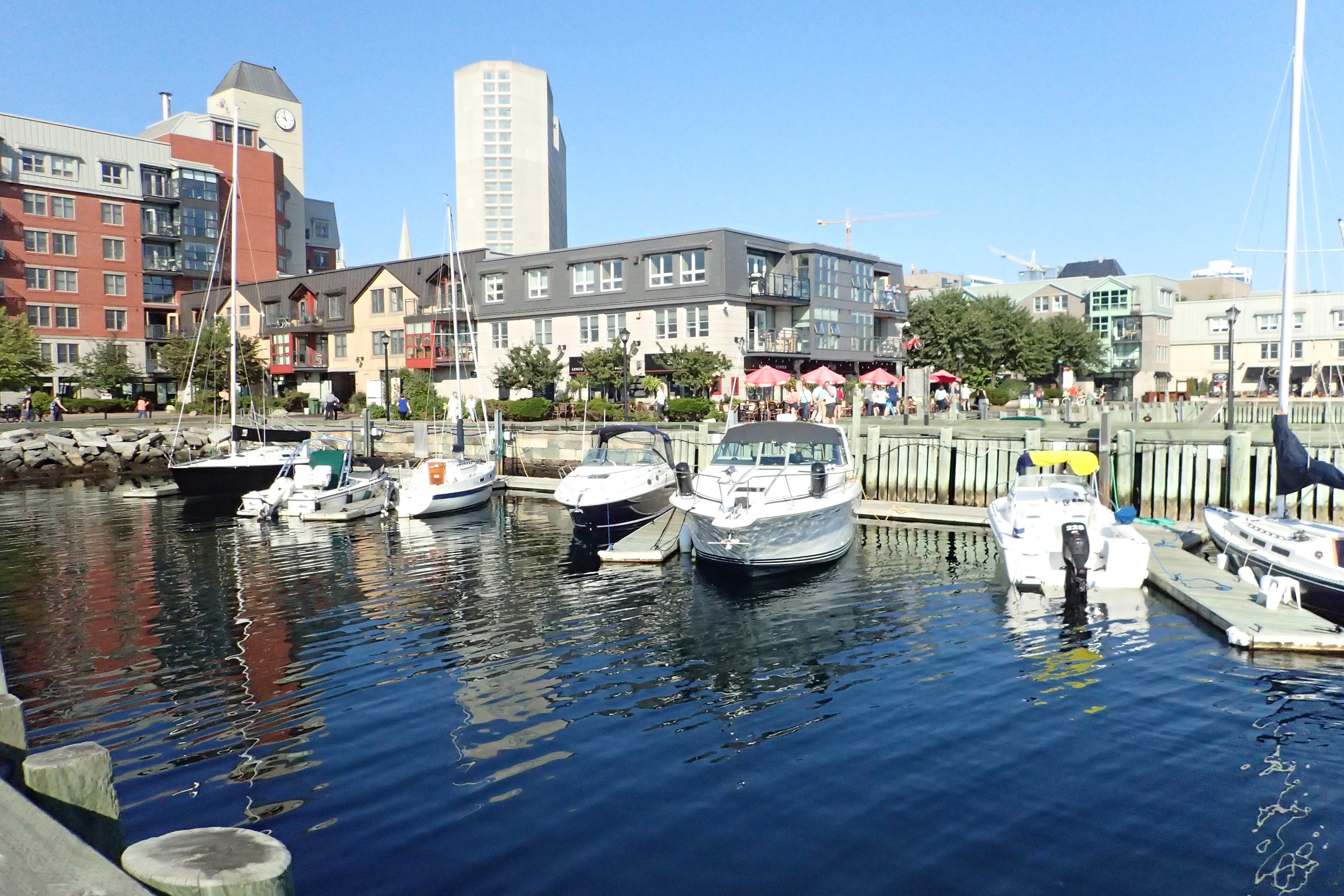 Anyway, I had decided I would head down to Halifax Boardwalk towards the Maritime Museum today in search of Titanic history. Halifax was the nearest town to where the ill fated Titanic sunk in April 1914, and as such became an integral part of the story. The rescue efforts were co-ordinated from here, and victims and survivors alike, were all bought to Halifax. Many of the victims were buried in the local cemeteries and their headstones tell the more intimate stories of the disaster.
Anyway, I had decided I would head down to Halifax Boardwalk towards the Maritime Museum today in search of Titanic history. Halifax was the nearest town to where the ill fated Titanic sunk in April 1914, and as such became an integral part of the story. The rescue efforts were co-ordinated from here, and victims and survivors alike, were all bought to Halifax. Many of the victims were buried in the local cemeteries and their headstones tell the more intimate stories of the disaster.
But on gaining entrance to the museum, I became more engrossed in the Halifax Explosion of 1917, a tragedy that I had never even heard of before and which had undoubtedly had an even greater impact on Halifax than the Titanic disaster just a few years before. The Halifax Explosion was a unprecedented maritime explosion that occurred in the early morning of December 6th, 1917. The SS Mont-Blanc, a French cargo ship fully loaded with explosives intended as WWI supplies, collided with the Norwegian shhip called the SS Imo, in an area called the Narrows – which is a small strait that connects the Harbour of Halifax to the Bedford Basin. From the accounts at the museum, approximately 2,000 people were killed by the explosion, in fires, collapsed buildings and by flying debris, and another 9,000 were estimated to have been injured in the blast, the tallies for which were exacerbated by onlookers coming out to stand in the streets and watch the enormous fire.
 The SS Mont-Blanc was deployed by the French government to carry an explosive cargo from New York to Bordeaux via Halifax. At roughly 8:45am, she collided at slow speed, approximately one knot (about 1 to 1.5 miles per hour) with the empty Norweigan cargo ship, the SS Imo which was headed from Belgium to New York to pick up cargo. Both ships were navigating the harbour – one inbound, one outbound, and both attempting to avoid submarine defences – and each sounding their horns to indicate the other should give way. The SS Mont-Blanc had the right of way and so was convinced the SS Imo would divert given the SS Imo was on the wrong side of the channel, but this stand off of who should yield resulted in both ships merely slowing their engines until the Captains realised they were going to collide – at which point the SS Mont-Blanc veered hard a port, and the SS Imo blasted three times and threw their engines in reverse. But it was too late. As the steel hulls of the ships collided, barrels of benzol fell over, cracking open and sparks flew igniting a fire on the French ship which rapidly spread out of control. Given the nature of the ship’s cargo, the order to abandon ship was given immediately. Approximately 20 minutes later, at 9:04am, the Mont-Blanc exploded with an hitherto unforeseen force, with the ships hull being thrown an estimated 300 meters into the air. The blast was the largest man-made explosion prior to the development of nuclear weapons and the bombing of Hiroshima in WWII. It is estimated that the energy equivalent of roughly 2.9 kilotons of TNT was released.
The SS Mont-Blanc was deployed by the French government to carry an explosive cargo from New York to Bordeaux via Halifax. At roughly 8:45am, she collided at slow speed, approximately one knot (about 1 to 1.5 miles per hour) with the empty Norweigan cargo ship, the SS Imo which was headed from Belgium to New York to pick up cargo. Both ships were navigating the harbour – one inbound, one outbound, and both attempting to avoid submarine defences – and each sounding their horns to indicate the other should give way. The SS Mont-Blanc had the right of way and so was convinced the SS Imo would divert given the SS Imo was on the wrong side of the channel, but this stand off of who should yield resulted in both ships merely slowing their engines until the Captains realised they were going to collide – at which point the SS Mont-Blanc veered hard a port, and the SS Imo blasted three times and threw their engines in reverse. But it was too late. As the steel hulls of the ships collided, barrels of benzol fell over, cracking open and sparks flew igniting a fire on the French ship which rapidly spread out of control. Given the nature of the ship’s cargo, the order to abandon ship was given immediately. Approximately 20 minutes later, at 9:04am, the Mont-Blanc exploded with an hitherto unforeseen force, with the ships hull being thrown an estimated 300 meters into the air. The blast was the largest man-made explosion prior to the development of nuclear weapons and the bombing of Hiroshima in WWII. It is estimated that the energy equivalent of roughly 2.9 kilotons of TNT was released.
 Nearly every structures within a one kilometre radius was obliterated, including the entire district Richmond. The force of the blast demonished buildings, threw vessels aground, snapped trees like they were twigs, bent iron rails, and carried debris from the Mont-Blanc for over 4 kilometres – the twisted remains of a cannon from the Mont-Blanc was found 5.6 kilometres away! The city proper was also hit hard, with barely a single window in the entire city surviving the concussion of the air pressure wave that followed the explosion On the other side of the harbour in the district of Dartmouth, there was also widespread damage from the force of the blast and a tsunami that swept through the harbour completely wiped out a population Native American peoples, the Mi’Kmaq, that had lived in the area for generations.
Nearly every structures within a one kilometre radius was obliterated, including the entire district Richmond. The force of the blast demonished buildings, threw vessels aground, snapped trees like they were twigs, bent iron rails, and carried debris from the Mont-Blanc for over 4 kilometres – the twisted remains of a cannon from the Mont-Blanc was found 5.6 kilometres away! The city proper was also hit hard, with barely a single window in the entire city surviving the concussion of the air pressure wave that followed the explosion On the other side of the harbour in the district of Dartmouth, there was also widespread damage from the force of the blast and a tsunami that swept through the harbour completely wiped out a population Native American peoples, the Mi’Kmaq, that had lived in the area for generations.
 The loss of life could have been much worse, and the ability to respond with relief efforts could have been much hampered, were it not for the actions of a quick thinking Richmond railway station worker named Vincent Coleman. Coleman was only a few hundred meters from the Pier 6 where the burning Mont Blanc was drifting ashore in flames. Warned of her explosive cargo, he returned to his telegraph to stop all incoming trains. Coleman himself, was killed by the explosion but his message, “Hold up the trains. Munitions ship on fire and making for Pier 6. Goodbye boys.”, was heard by every station from Halifax to Truro which alerted the Canadian government to the disaster and very quickly enabled six relief trains with firefighters, and medical help to be dispatched from Nova Scotia and Halifax.
The loss of life could have been much worse, and the ability to respond with relief efforts could have been much hampered, were it not for the actions of a quick thinking Richmond railway station worker named Vincent Coleman. Coleman was only a few hundred meters from the Pier 6 where the burning Mont Blanc was drifting ashore in flames. Warned of her explosive cargo, he returned to his telegraph to stop all incoming trains. Coleman himself, was killed by the explosion but his message, “Hold up the trains. Munitions ship on fire and making for Pier 6. Goodbye boys.”, was heard by every station from Halifax to Truro which alerted the Canadian government to the disaster and very quickly enabled six relief trains with firefighters, and medical help to be dispatched from Nova Scotia and Halifax.
 Relief efforts began immediately after the explosion, and hospitals quickly became full. The same mortuary that handled the victims of the Titanic disaster just a few years before had to once again implement their system of identifying mass casualties. Rescue trains began arriving from throughout eastern Canada and the northeastern United States, but were apparently impeded by a snow storm. The immediate construction of temporary shelters also began soon after the disaster to house the many surviving people who were left homeless. Entire families were killed in an instant.
Relief efforts began immediately after the explosion, and hospitals quickly became full. The same mortuary that handled the victims of the Titanic disaster just a few years before had to once again implement their system of identifying mass casualties. Rescue trains began arriving from throughout eastern Canada and the northeastern United States, but were apparently impeded by a snow storm. The immediate construction of temporary shelters also began soon after the disaster to house the many surviving people who were left homeless. Entire families were killed in an instant.
Amazingly, all but one of the Mont-Blanc’s crew survived, with only one poor fellow being killed by flying debris in the explosion and a judicial inquiry into the disaster found that the Captain, the Pilot of the Mont-Blanc were totally responsible for the safety of it’s cargo and was therefore considered to be at fault for the disaster, even though the Imo was on the wrong side of the channel and had refused to yield. This verdict was largely put down to a general bias against the French at the time. The Captain and the pilot, along with the Royal Canadian Navy Harbour master were all put up on charges of manslaughter, but a later appeals and trials determined that both vessels were to blame and the charges against the three men were dropped.
It’s a morbidly fascinating aspect of local history, and the Maritime Museum has many artefacts and accounts of from the people who lived through this tragic event.
After such an interesting yet somewhat disturbing morning, I met up with KPeth for lunch and we opted for a meal at Murphy’s on the waterfront to try some local delicacies. The menu was somewhat overwhelming as we wanted to try a bit of everything – it all sounded so good, we felt they should have a taster platter of some sort, so in the absence of same, we had to create our own, and we tried the local crab cakes with relish, the bacon wrapped scallops with blueberries and currants, and a cheesy lobster tip served with tortilla chips, all washed down with some local cocktails. I tried a drink called the Black Sparrow (1.5 oz Jamaican rum, 0.5 oz of Jaegermeister and topped up with root beer!) which was actually really nice.

 We sat out on the Murphy’s waterfront patio, and marvelled at the gorgeous harbour before us and squealed like excited schoolgirls about the amazing places we had just been visiting. All up a very pleasant way to spend lunch in Halifax. After a little spot of shopping, it was back to the ship for me via Amos Pewter, where I picked up some pewter sand dollars that I had promised myself I would not buy!
We sat out on the Murphy’s waterfront patio, and marvelled at the gorgeous harbour before us and squealed like excited schoolgirls about the amazing places we had just been visiting. All up a very pleasant way to spend lunch in Halifax. After a little spot of shopping, it was back to the ship for me via Amos Pewter, where I picked up some pewter sand dollars that I had promised myself I would not buy!
 As we sailed out of Halifax Harbour an errie mist seemed to be hanging around the habour entrance, and we stood on the very forward viewing area of Deck 15, which is literally above the brigde to watch us sail out. It wasn’t long efore the fog horn was being sounded every minute or so. I’ve never seen such fog, visibility was down to about 50m or less, which is just not far enough for such a huge ship IMHO. We could see sailing boats occasionally emerging from the mist in front of us that would tack away very sensibly. No doubt they were having as much trouble seeing us, as we were seeing them. I eventually went indoors – driven inside by my now wet jumper and hair, while KPeth stayed out a bit longer to take some more misty photos as we sailed out of the harbour. When she eventually came back in, she told me that at one stage, she could hear voices yelling in the fog and she though ‘Surely not’, but suddenly emerging from the mist was a small sail boat that obviously hadn’t seen us soon enough and it was rapidly trying to tack out of our way, she snapped a shot of the sail boat which shows the ship in the bottom corner of the picture – I’m no expert, but it seems to me they had quite a close call. The fog horns went for ages as we sailed out and I was extremely grateful that these modern ships have all the technological whizzbangs known to man, to help them navigate
As we sailed out of Halifax Harbour an errie mist seemed to be hanging around the habour entrance, and we stood on the very forward viewing area of Deck 15, which is literally above the brigde to watch us sail out. It wasn’t long efore the fog horn was being sounded every minute or so. I’ve never seen such fog, visibility was down to about 50m or less, which is just not far enough for such a huge ship IMHO. We could see sailing boats occasionally emerging from the mist in front of us that would tack away very sensibly. No doubt they were having as much trouble seeing us, as we were seeing them. I eventually went indoors – driven inside by my now wet jumper and hair, while KPeth stayed out a bit longer to take some more misty photos as we sailed out of the harbour. When she eventually came back in, she told me that at one stage, she could hear voices yelling in the fog and she though ‘Surely not’, but suddenly emerging from the mist was a small sail boat that obviously hadn’t seen us soon enough and it was rapidly trying to tack out of our way, she snapped a shot of the sail boat which shows the ship in the bottom corner of the picture – I’m no expert, but it seems to me they had quite a close call. The fog horns went for ages as we sailed out and I was extremely grateful that these modern ships have all the technological whizzbangs known to man, to help them navigate
Halifax is another place on my list of towns I would definitely go and visit again – seeing I have now visited Canada twice, perhaps one day I will drag that Canadian husband of mine, back to Canada to road trip across the country, starting in the west and making our way across to the east coast. What say you, Mr K?

